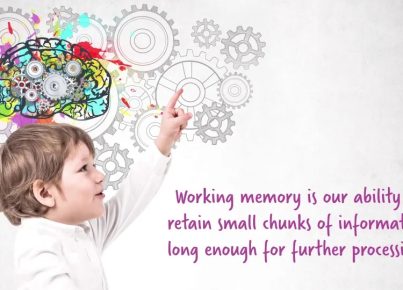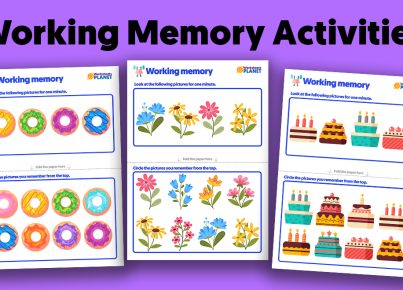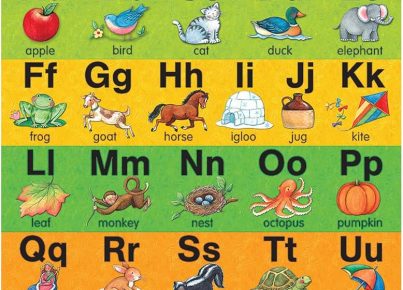This is a skill gotten in the operational stage of Piaget’s cognitive development theory in which different persons can mentally work through the grouping of objects and the relations between the various smaller categories concurrently. In other words, class inclusion refers to the concept of a subordinate category (for instance, dogs) that must always be smaller than the superordinate category in which it is contained (for instance, animals). According to Jean Piaget, comprehending the concept of class inclusion symbolized a vital developmental step.
Kids progress from classifications rooted in perceptual features, personal factors, and common function to classifications rooted in hierarchical relationships. For instance, kids who understand class inclusion will have the ability to recognize that a monkey is a primate, which belongs to the superordinate category of ‘mammals,’ and that a mammal is a vertebrate animal.
Another way of looking at this concept of class inclusion is the ability to understand that large categories like ‘cars’ include sub-categories like ‘black cars’ or ‘blue cars’ or cars made by different manufacturers, such as BMW, Honda, Ford Motor, Volkswagen, Toyota Motor, etc. Piaget exhibited that in the pre-operational stage of intellectual development, kids had trouble answering questions like ‘is the number of black cars more than the blue cars?’ owing to their inability to comprehend class inclusion.
According to the Piagetian theory, class inclusion depends on the kid’s ability to conduct two operations, one involving the addition of classes (say, cats + dogs = animals) and the other involving subtraction of classes (say, with six cats and two dogs, cats = animals – dogs). Piaget also explained class inclusion as the aptitude to conserve the whole (i.e., superordinate category) while upholding the identity of the parts (i.e., sub-categories).
The importance of the mastery of inclusion skills is perhaps best exposed when class inclusion’s position is examined in Inhelder and Piaget’s (1964) hierarchical classification in the context of the account of ontogeny. Here, it’s displayed that while kids can easily classify objects in a way that discloses a hierarchical ordering (say, nesting categories), their mastery of hierarchical classification is still not complete if they fail the test of class inclusion.
In other words, class inclusion tests are decisive (if not criterial) measures of the expertise to categorize objects hierarchically. Perhaps the significance of class inclusion is best explained by Flavell (1963), who said that for Piaget, mastery of class inclusion is an essential condition for cognition of logical classification.




